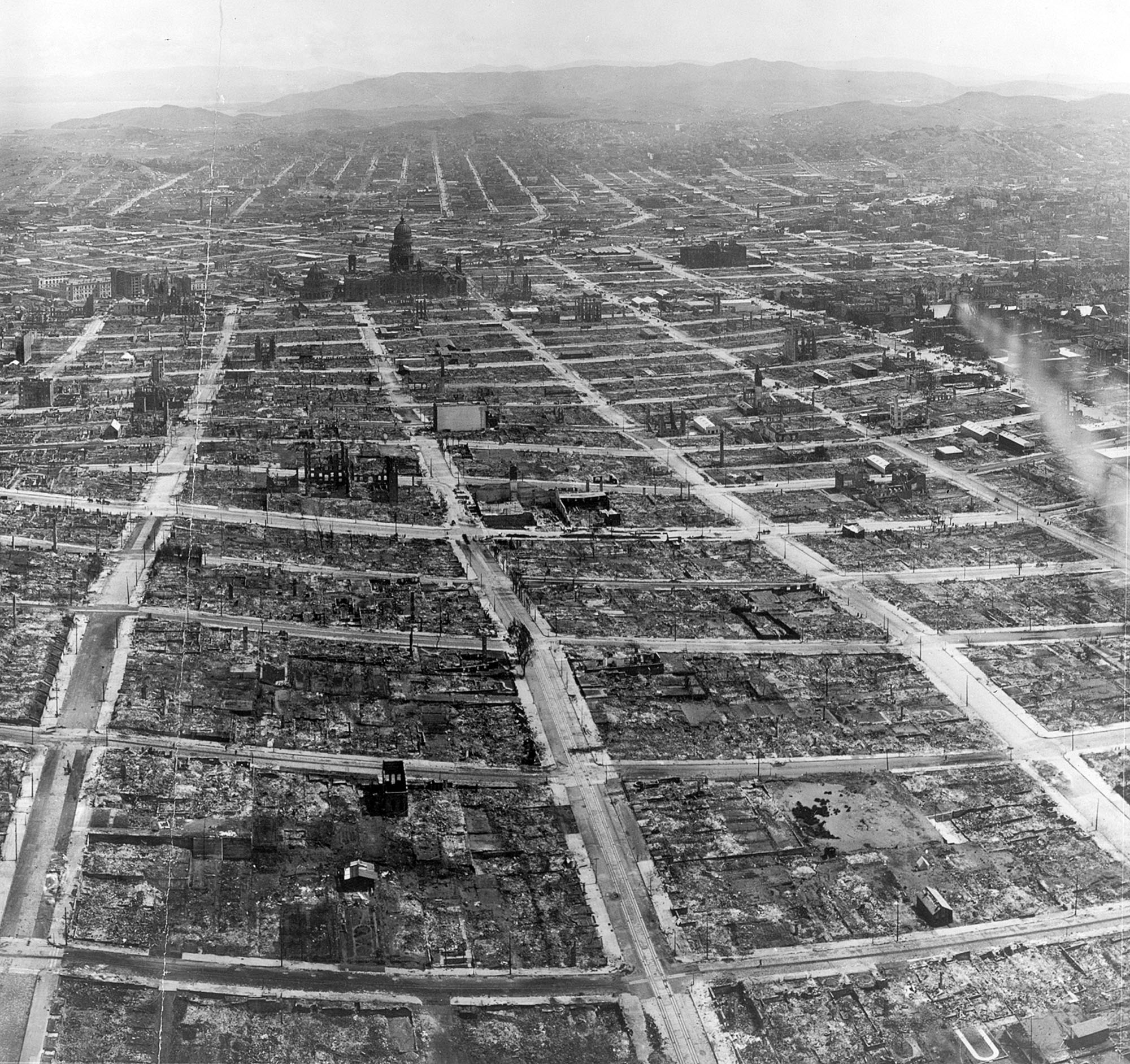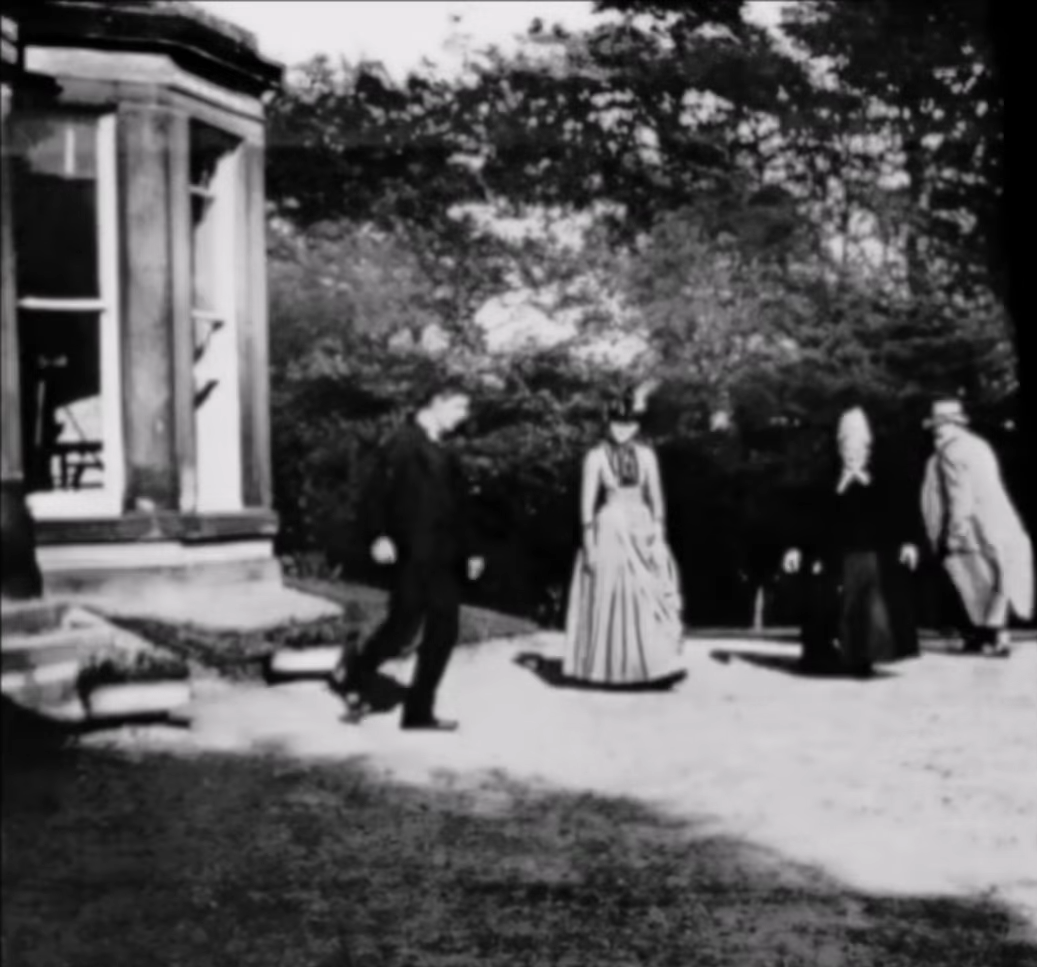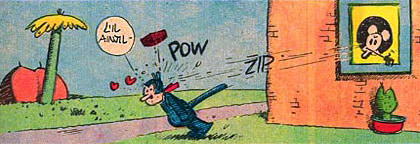|
Hi, Nellie!
''Hi, Nellie!'' is a 1934 American crime drama film directed by Mervyn LeRoy and starring Paul Muni and Glenda Farrell. A newspaper editor is demoted to writing an advice column for refusing to go along with the crowd in declaring a missing lawyer to be a thief. Plot Newspaper editor Brad learns that Frank J. Canfield, the head of the governor's investigating committee, has disappeared, along with a large sum of money. He refuses to print the story on the front page of the newspaper because there is no proof that Canfield, an honest and prominent lawyer, fled with the missing funds. When every other newspaper in the city features the story, the newspaper's owner Graham reprimands Brad for the missing story and fires him. Brad says that his contract does not allow him to be fired, so Graham decides to make him write the lonely hearts column. Brad is furious, but has no choice but to accept the position. He also decides to keep an eye on the Frank J. Canfield story. Gerry, the cu ... [...More Info...] [...Related Items...] OR: [Wikipedia] [Google] [Baidu] |
Mervyn LeRoy
Mervyn LeRoy (; October 15, 1900 – September 13, 1987) was an American film director and producer. During the 1930s, he was one of the two great practitioners of economical and effective film directing at Warner Bros., Warner Brothers studios, the other being his colleague Michael Curtiz. LeRoy's most acclaimed films of his tenure at Warners include ''Little Caesar (film), Little Caesar'' (1931), ''I Am a Fugitive From a Chain Gang'' (1932), ''Gold Diggers of 1933'' (1933) and ''They Won't Forget'' (1937). LeRoy left Warners and moved to Metro-Goldwyn-Mayer studios in 1939 to serve as both director and producer. He is best known for the 1939 film ''The Wizard of Oz''. Early life LeRoy was born on October 15, 1900, in San Francisco, California, the only child of Edna (née Armer) and Harry LeRoy, a well-to-do department store owner. Both his parents' families had fully Jewish assimilation, assimilated, residing in the Bay Area for several generations. LeRoy described his rela ... [...More Info...] [...Related Items...] OR: [Wikipedia] [Google] [Baidu] |
Donald Meek
Thomas Donald Meek (14 July 1878 – 18 November 1946) was a Scottish-American actor. He first performed publicly at the age of eight and began appearing on Broadway in 1903. Meek appeared in the films '' You Can't Take It with You'' (1938) and ''Stagecoach'' (1939). He posthumously received a star on the Hollywood Walk of Fame in 1960. Early years Meek was born in Glasgow to Matthew and Annie Meek. In the 1890s, the Meek family emigrated to Canada and then to the United States. By 1900, they were living in Philadelphia, where Meek was employed as a dry goods salesman, according to the United States census of that year. Career Meek's Broadway credits include ''The Minister's Daughters'' (1903), ''Going Up'' (1917), ''Nothing But Love'' (1919), ''The Hottentot'' (1920), ''Little Old New York'' (1920), ''Six-Cylinder Love'' (1921), ''Tweedles'' (1923), ''The Potters'' (1923), ''Easy Terms'' (1925), ''Fool's Bells'' (1925), ''Love 'em and Leave 'em'' (1926), ''The Shelf'' ... [...More Info...] [...Related Items...] OR: [Wikipedia] [Google] [Baidu] |
Films Scored By Bernhard Kaun
A film, also known as a movie or motion picture, is a work of visual art that simulates experiences and otherwise communicates ideas, stories, perceptions, emotions, or atmosphere through the use of moving images that are generally, since the 1930s, synchronized with sound and (less commonly) other sensory stimulations. Etymology and alternative terms The name "film" originally referred to the thin layer of photochemical emulsion on the celluloid strip that used to be the actual medium for recording and displaying motion pictures. Many other terms exist for an individual motion-picture, including "picture", "picture show", "moving picture", "photoplay", and "flick". The most common term in the United States is "movie", while in Europe, "film" is preferred. Archaic terms include "animated pictures" and "animated photography". "Flick" is, in general a slang term, first recorded in 1926. It originates in the verb flicker, owing to the flickering appearance of early films ... [...More Info...] [...Related Items...] OR: [Wikipedia] [Google] [Baidu] |
1930s American Films
Year 193 ( CXCIII) was a common year starting on Monday of the Julian calendar. At the time, it was known as the Year of the Consulship of Sosius and Ericius (or, less frequently, year 946 ''Ab urbe condita''). The denomination 193 for this year has been used since the early medieval period, when the Anno Domini calendar era became the prevalent method in Europe for naming years. Events By place Roman Empire * January 1 – Year of the Five Emperors: The Roman Senate chooses Publius Helvius Pertinax, against his will, to succeed the late Commodus as Emperor. Pertinax is forced to reorganize the handling of finances, which were wrecked under Commodus, to reestablish discipline in the Roman army, and to suspend the food programs established by Trajan, provoking the ire of the Praetorian Guard. * March 28 – Pertinax is assassinated by members of the Praetorian Guard, who storm the imperial palace. The Empire is auctioned off; Marcus Didius Julianus the highe ... [...More Info...] [...Related Items...] OR: [Wikipedia] [Google] [Baidu] |
Films Set In New York City
In the history of motion pictures in the United States, many films have been set in New York City, or a fictionalized version thereof. The following is a list of films and documentaries set in New York, however the list includes a number of films which only have a tenuous connection to the city. The list is sorted by the year the film was released. 1900s * '' What Happened on Twenty-third Street, New York City'' (1901) * '' Electrocuting an Elephant'' (1903) * '' Coney Island at Night'' (1905) * '' The Thieving Hand'' (1908) 1910s * '' Regeneration'' (1915) * '' Lights of New York'' (1916) * '' Coney Island'' (1917) * '' The Immigrant'' (1917) * '' The Delicious Little Devil'' (1919) 1920s * '' The Saphead'' (1920) * '' Manhatta'' (1921) * '' Manhandled'' (1924) * '' The Rag Man'' (1925) * '' Subway Sadie'' (1926) * '' East Side, West Side'' (1927) * '' The Jazz Singer'' (1927) * '' Lights of New York'' (1928) * ''The Cameraman'' (1928) (has a Scene at Coney Island) * '' ... [...More Info...] [...Related Items...] OR: [Wikipedia] [Google] [Baidu] |
Films Directed By Mervyn LeRoy
A film, also known as a movie or motion picture, is a work of visual art that simulates experiences and otherwise communicates ideas, stories, perceptions, emotions, or atmosphere through the use of moving images that are generally, since the 1930s, synchronized with sound and (less commonly) other sensory stimulations. Etymology and alternative terms The name "film" originally referred to the thin layer of photochemical emulsion on the celluloid strip that used to be the actual medium for recording and displaying motion pictures. Many other terms exist for an individual motion-picture, including "picture", "picture show", "moving picture", "photoplay", and "flick". The most common term in the United States is "movie", while in Europe, "film" is preferred. Archaic terms include "animated pictures" and "animated photography". "Flick" is, in general a slang term, first recorded in 1926. It originates in the verb flicker, owing to the flickering appearance of early films ... [...More Info...] [...Related Items...] OR: [Wikipedia] [Google] [Baidu] |
Films About Journalists
A film, also known as a movie or motion picture, is a work of visual art that simulates experiences and otherwise communicates ideas, stories, perceptions, emotions, or atmosphere through the use of moving images that are generally, since the 1930s, synchronized with sound and (less commonly) other sensory stimulations. Etymology and alternative terms The name "film" originally referred to the thin layer of photochemical emulsion on the celluloid strip that used to be the actual medium for recording and displaying motion pictures. Many other terms exist for an individual motion-picture, including "picture", "picture show", "moving picture", "photoplay", and "flick". The most common term in the United States is "movie", while in Europe, "film" is preferred. Archaic terms include "animated pictures" and "animated photography". "Flick" is, in general a slang term, first recorded in 1926. It originates in the verb flicker, owing to the flickering appearance of early films. ... [...More Info...] [...Related Items...] OR: [Wikipedia] [Google] [Baidu] |
American Black-and-white Films
American(s) may refer to: * American, something of, from, or related to the United States of America, commonly known as the "United States" or "America" ** Americans, citizens and nationals of the United States of America ** American ancestry, people who self-identify their ancestry as "American" ** American English, the set of varieties of the English language native to the United States ** Native Americans in the United States, indigenous peoples of the United States * American, something of, from, or related to the Americas, also known as "America" ** Indigenous peoples of the Americas * American (word), for analysis and history of the meanings in various contexts Organizations * American Airlines, U.S.-based airline headquartered in Fort Worth, Texas * American Athletic Conference, an American college athletic conference * American Recordings (record label), a record label that was previously known as Def American * American University, in Washington, D.C. Sports tea ... [...More Info...] [...Related Items...] OR: [Wikipedia] [Google] [Baidu] |
1934 Crime Drama Films
Events January–February * January 1 – The International Telecommunication Union, a specialist agency of the League of Nations, is established. * January 15 – The 8.0 1934 Nepal–Bihar earthquake, Nepal–Bihar earthquake strikes Nepal and Bihar with a maximum Mercalli intensity scale, Mercalli intensity of XI (''Extreme''), killing an estimated 6,000–10,700 people. * February 6 – 6 February 1934 crisis, French political crisis: The French far-right leagues rally in front of the Palais Bourbon, in an attempted coup d'état against the French Third Republic, Third Republic. * February 9 ** Gaston Doumergue forms a new government in France. ** Second Hellenic Republic, Greece, Kingdom of Romania, Romania, Turkey and Kingdom of Yugoslavia, Yugoslavia form the Balkan Pact. * February 12–February 15, 15 – Austrian Civil War: The Fatherland Front (Austria), Fatherland Front consolidates its power in a series of clashes across the country. * February 16 – The ... [...More Info...] [...Related Items...] OR: [Wikipedia] [Google] [Baidu] |
1934 Films
The following is an overview of 1934 in film, including significant events, a list of films released and notable births and deaths. Top-grossing films (U.S.) The top ten 1934 released films by box office gross in North America are as follows: Events *January 26 – Samuel Goldwyn (formerly of Metro-Goldwyn-Mayer) purchases the film rights to '' The Wonderful Wizard of Oz'' from the L. Frank Baum estate for $40,000. *February 19 – Bob Hope marries Dolores Reade. *April 19 – Fox Studios releases '' Stand Up and Cheer!'', with five-year-old Shirley Temple in a relatively minor role. Shirley steals the film and Fox, which had been near bankruptcy, finds itself owning a goldmine. *May 18 – Paramount releases '' Little Miss Marker'', with Shirley Temple, on loan from Fox, in the title role. *June 13 – An amendment to the Production Code establishes the Production Code Administration, and requires all films to obtain a certificate of approval before being released. *J ... [...More Info...] [...Related Items...] OR: [Wikipedia] [Google] [Baidu] |







